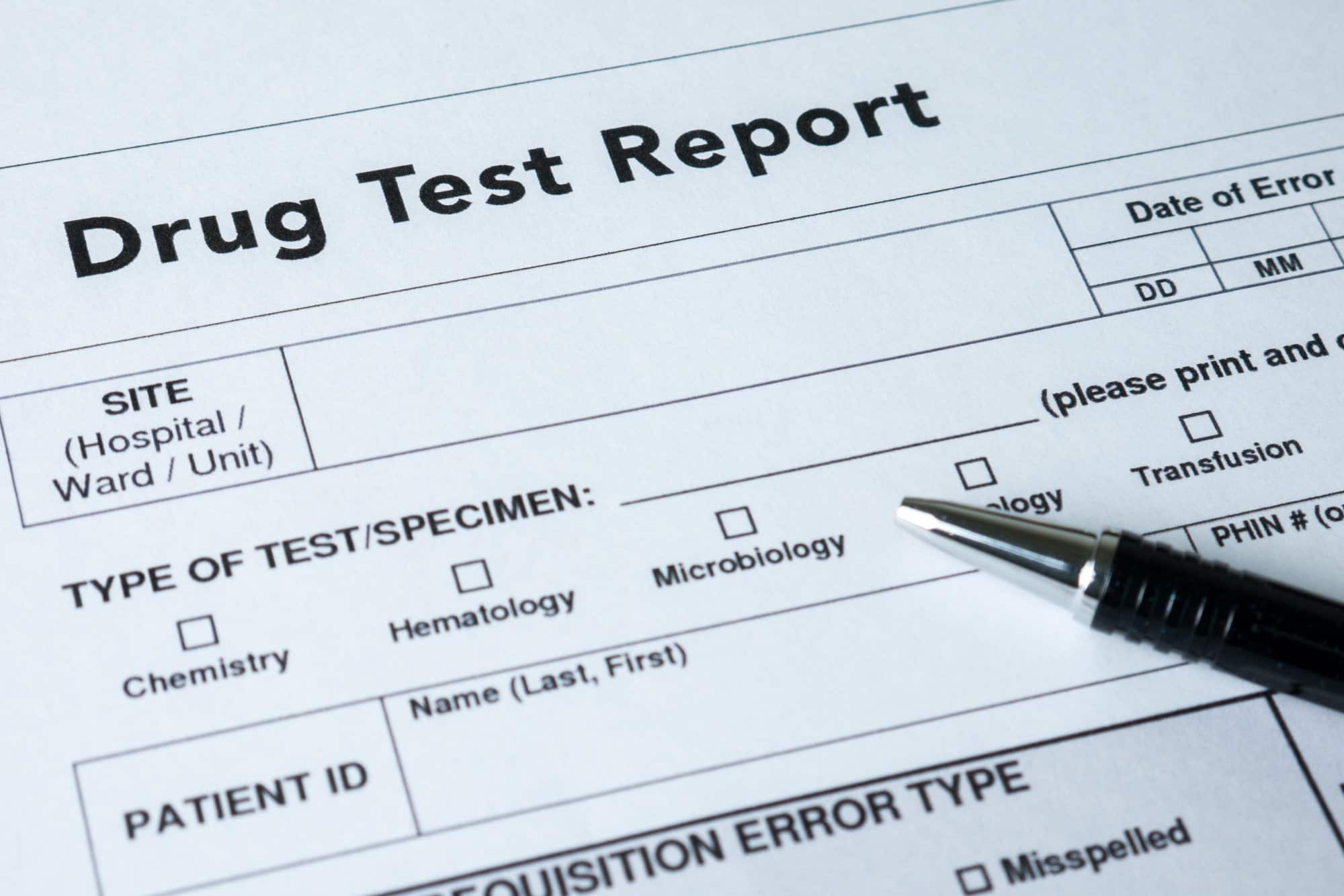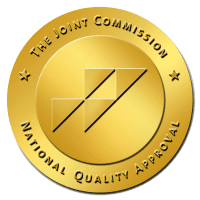How long does crack stay in urine? The straightforward answer is, on average, 2 to 3 days. However, this duration can vary based on several factors, including the frequency of use, metabolism, and overall health.
While this might seem like a short window, the implications of a positive urine drug test can be long-lasting, especially for those seeking employment or undergoing legal scrutiny.
In this article, we’ll delve deeper into the intricacies of crack cocaine, its effects on the body, and the significance of urine drug tests.
Understanding Crack Cocaine
Crack cocaine, often referred to as “crack,” is a potent and addictive form of cocaine. Unlike the powdered form of cocaine, which is snorted, crack is processed to form a rock crystal and is then smoked. This method of consumption allows the drug to reach the brain more rapidly, producing an intense and immediate high.
The allure of this immediate euphoria is what draws many to crack cocaine. However, the high is short-lived, often leading users to consume the drug repeatedly in a short span of time. This cycle of bingeing can quickly lead to addiction.
But what makes crack cocaine different from other types of drugs? The answer lies in its chemical composition and the way it interacts with the brain.
When smoked, crack cocaine prompts the release of large amounts of dopamine. Dopamine is a neurotransmitter responsible for feelings of pleasure and reward.
Over time, with repeated use, the brain becomes reliant on crack to produce these feelings. Eventually, it leads to increased cravings and dependence.
It’s essential to understand the nature of crack cocaine and its effects on the body. Not only for those using it but also for their loved ones and society at large. Recognizing the signs of abuse and understanding the drug’s impact can be the first step toward seeking help and recovery.
How Drugs Enter and Exit Your System
Every substance we ingest, whether it’s food, medicine, or a drug like crack cocaine, undergoes a journey within our bodies. This journey, from ingestion to elimination, is crucial in understanding how long a drug remains detectable in our system.
When one smokes crack cocaine, it’s rapidly absorbed into the bloodstream through the lungs. This quick absorption is what leads to the immediate and intense high experience.
Once in the bloodstream, the drug is carried to various parts of the body, including the brain, where it exerts its effects. The brain’s response to crack cocaine is a surge in dopamine levels, leading to feelings of euphoria.
The body’s natural defense mechanism starts breaking down crack cocaine to eliminate it. This process occurs primarily in the liver, where enzymes convert the drug into metabolites. These metabolites, while less active than the original substance, drug tests can still detect it.
Finally, these metabolites are expelled from the body through various means, primarily urine. Other routes of elimination include:
- Sweat
- Saliva
- Feces
How Long Does Crack Stay in Urine?
When it comes to detecting crack cocaine in urine, the window of detection typically ranges from 2 to 3 days after the last use. However, this duration isn’t set in stone and can vary based on several factors.
An occasional user might clear the drug from their system faster than someone who uses crack cocaine regularly or in larger amounts. Chronic users might have detectable levels of the drug’s metabolites in their urine for a more extended period.
An occasional user might clear the drug from their system faster than someone who uses crack cocaine regularly or in larger amounts. Chronic users might have detectable levels of the drug’s metabolites in their urine for a more extended period.
Drinking a lot of water might speed up the elimination of crack cocaine metabolites through urine. Similarly, certain foods can either hasten or slow down drug metabolism.
If someone uses multiple drugs or takes certain medications, it can affect how the body processes and eliminates crack cocaine.
Active individuals with a higher muscle-to-fat ratio might metabolize and eliminate drugs faster than those who are less active.
While the typical detection window is a few days, it’s crucial to note that no two individuals are the same. Various factors interplay, making it challenging to pinpoint an exact duration for everyone. For those concerned about a urine drug test, it’s always best to err on the side of caution and assume a longer detection window.
Reasons for Drug Testing
Navigating the world of drug tests isn’t just about potential job offers. While many associate these tests with employment screenings, their reach is far more extensive.
For instance, even after securing a job, employees might face random drug tests to maintain a safe workplace. And if there’s an accident on the job? A drug test often follows to determine if substances contributed to the mishap.
Beyond the workplace, legal scenarios such as probation, parole, or child custody disputes often necessitate drug tests. A failed test in these situations can have severe consequences.
Athletes, whether in school sports or aiming for Olympic gold, undergo tests to ensure a level playing field. Athletes need to be free from performance-enhancing substances.
In the medical realm, doctors might order drug tests during health check-ups. Either to detect signs of drug abuse or to monitor medication levels.
Those in rehabilitation programs face regular tests as checkpoints on their road to recovery. And for students, especially those in sports programs, drug tests can be a reality.
On the roads, if you’re suspected of driving under the influence, a drug test might be on the horizon. And for those serving in the military, random drug tests ensure that members remain vigilant and combat-ready.
Urine Drug Tests: What to Expect
Urine drug tests rank among the top methods for detecting drugs in someone’s system. They’re popular because they’re non-invasive, cost-effective, and yield fast results.
If you’re wondering about these tests, especially concerning crack cocaine, here’s a clearer picture:
Test-takers usually receive a private restroom or stall to give their urine sample. To prevent tampering, the facility might color the toilet water with blue dye or shut off the tap water temporarily.
After collecting the sample, the lab tests it for various drugs, including crack cocaine. The test identifies drug metabolites, which are byproducts from the body processing the substance. For crack cocaine, the test primarily detects benzoylecgonine.
As we’ve discussed, drugs remain detectable in urine for different durations. For occasional crack cocaine users, the detection window usually spans 2-3 days. But for regular users or those who’ve taken large doses, detection can extend to a week or more.
A negative result means the drug wasn’t in the urine sample. A positive one indicates the presence of drug metabolites. However, a positive result doesn’t always mean the person was under the drug’s influence during the test; it just confirms recent use.
While generally reliable, certain elements can skew urine drug test results. Drinking a lot of water might dilute the urine, possibly leading to false negatives. Some medications or foods can trigger false positives.
It’s wise to tell the testing facility about any medications or supplements you’re taking.
The fallout from a positive urine drug test depends on why someone took the test. For job-related tests, a positive result can mean job loss or application rejection. In legal situations, it might lead to probation issues or other legal actions.
The Implications of Abusing Drugs
The repercussions of drug abuse, particularly with potent substances like crack cocaine, are profound and far-reaching. These consequences touch every aspect of an individual’s life, from their health to their societal interactions.
One of the most immediate and concerning effects of drug abuse is on physical health. Crack cocaine can rapidly elevate heart rate and increase blood pressure. In some cases, this can lead to severe complications like heart attacks or strokes.
Over time, chronic use of the drug can result in:
- Respiratory issues
- Malnutrition
- Severe dental problems
Mental health is another significant area of concern. Regular consumption of crack cocaine can lead to the onset of mood disorders such as:
- Anxiety
- Depression
- Paranoia
Over extended periods, the drug can also impair cognitive functions, affecting memory, attention, and decision-making capabilities.
Beyond the individual, drug abuse often strains relationships. It can introduce tension with family and friends. This tension often leads to feelings of isolation or even the severing of important relationships.
Maintaining steady employment becomes a challenge due to:
- Erratic behavior
- Frequent absences
- A noticeable decline in performance
Legal consequences are another stark reality for many drug users. Engaging in activities like possession, distribution, or manufacturing of crack cocaine can result in significant legal penalties, including imprisonment. Coupled with this are the financial strains from legal fees, fines, and the recurring cost of purchasing the drug.
Withdrawal Symptoms from Crack Cocaine
Crack cocaine is a powerful stimulant that affects the central nervous system. When a person stops using it after prolonged or heavy use, they can experience a range of withdrawal symptoms.
The psychological symptoms include:
- A strong desire to use the drug again
- Feelings of sadness, hopelessness, and a lack of interest in activities
- Intense feelings of worry, nervousness, or unease
- Irrational suspicions or mistrust of others
- A heightened state of sensitivity or easily getting upset
- Extreme tiredness or lack of energy
- Disturbing dreams that can disrupt sleep
Physical withdrawal symptoms include:
- A sudden urge to eat more than usual
- Reduced physical movement or feeling sluggish
- An inability to sit still or relax
- Discomfort or aches in the muscles
- Feeling cold without an apparent reason
It’s worth noting that while crack cocaine withdrawal might not be as physically dangerous as withdrawal from substances like alcohol or benzodiazepines, the psychological symptoms can be intense and challenging. This is why professional help and support are crucial during the withdrawal phase. The risk of relapse is high, especially when individuals try to quit on their own without proper support.
Understanding these withdrawal symptoms is essential for anyone seeking to quit crack cocaine or support someone through their recovery journey. It helps in anticipating challenges and ensuring that the right interventions are in place to manage and alleviate these symptoms.
AHCCCS: A Lifeline for Those Battling Drug Addiction
Battling drug addiction is a challenging journey. It’s not just about willpower; it’s about having the right resources and support. In Arizona, AHCCCS plays a pivotal role in this support system.
What Exactly is AHCCCS?
The Arizona Health Care Cost Containment System, or AHCCCS, is Arizona’s Medicaid program.
It’s designed to help residents who might not have the financial means to afford medical care. This includes services ranging from regular health check-ups to specialized treatments for drug addiction. They understand that recovery is a process, and they’re here to support that journey.
Purpose Healing Center’s Collaboration with AHCCCS
Purpose Healing Center, a renowned facility for drug addiction recovery in Arizona, collaborates with AHCCCS. This partnership means that if you’re eligible for AHCCCS, you can access top-notch recovery services at Purpose Healing Center without the stress of high costs.
It’s a testament to the center’s commitment to the community, ensuring that financial constraints don’t become a barrier to recovery.
The Bigger Picture
Drug addiction affects not just the individual but the entire community. When institutions like Purpose Healing Center and AHCCCS come together, it amplifies the message that the community stands united against the challenges of drug addiction.
It’s a collective effort to make sure that every Arizonan, regardless of their financial situation, has a shot at a drug-free, healthier future.
Crack Cocaine: Duration in Urine and the Path to Recovery
To understand the implications of drug use and its detection, one question often stands out: how long does crack stay in urine?
Beyond just the duration, it’s essential to recognize the broader context in which drug tests play a role. If you or a loved one are grappling with substance abuse or seeking clarity on drug-related matters, remember that help is available.
Purpose Healing Center stands ready to guide you through recovery and provide the insights and support you need. Reach out today and take the first step towards a brighter, drug-free future.



